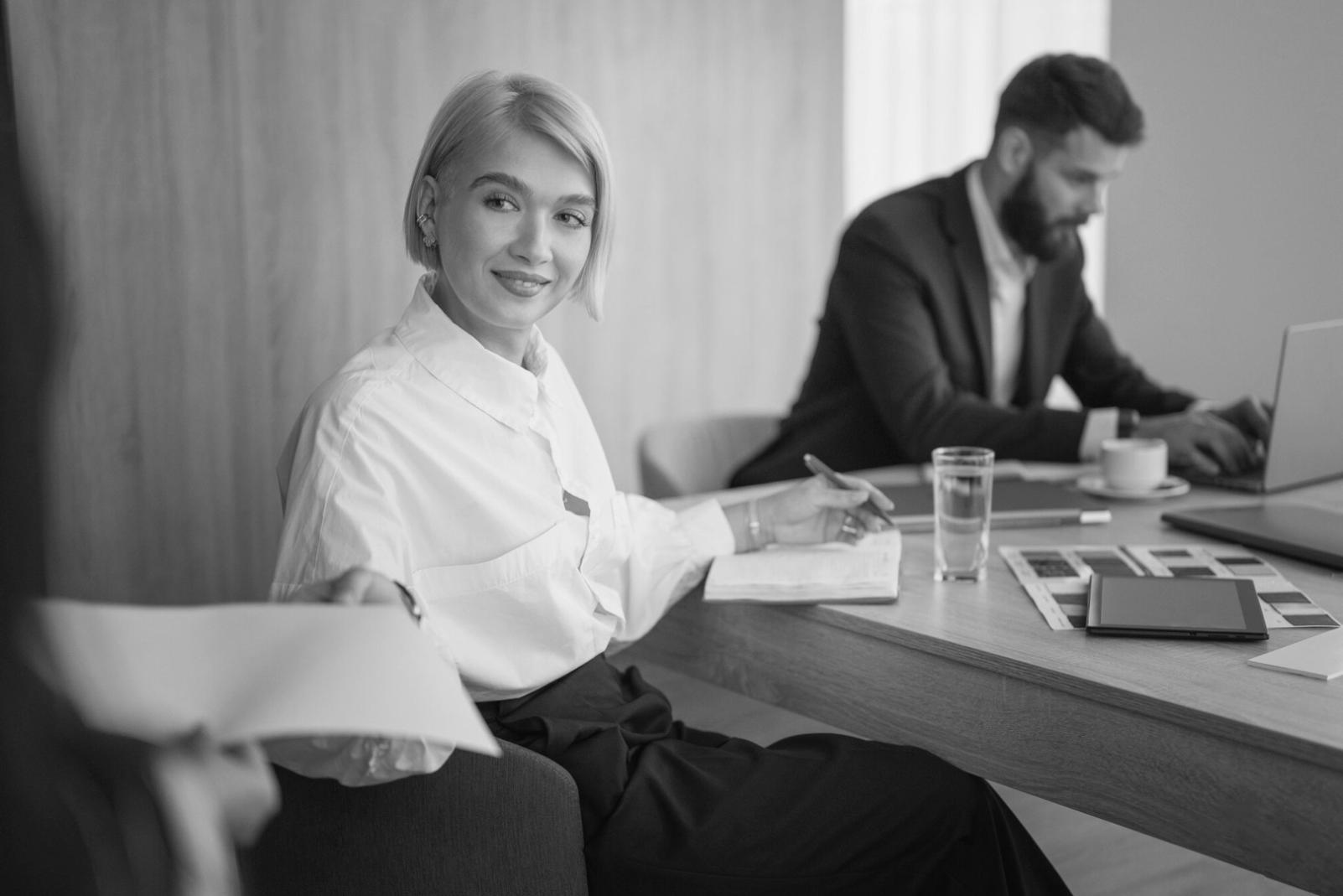Hands-On Learning Experience
Theory doesn't help when your car breaks down and your heating bill arrives the same week. Our program uses real scenarios and practical exercises that prepare you for actual financial challenges.
Scenario Workshops
Work through actual emergency situations with your personal financial data. Practice decision-making when stakes feel real.
Peer Learning
Small group discussions with others building similar financial foundations. Share challenges and solutions in supportive environment.
Tracking Tools
Simple spreadsheets and monitoring systems that integrate with your existing banking. No complex software or subscription services.
Regular Check-ins
Monthly progress reviews and quarterly strategy adjustments. Accountability that feels supportive rather than judgmental.


